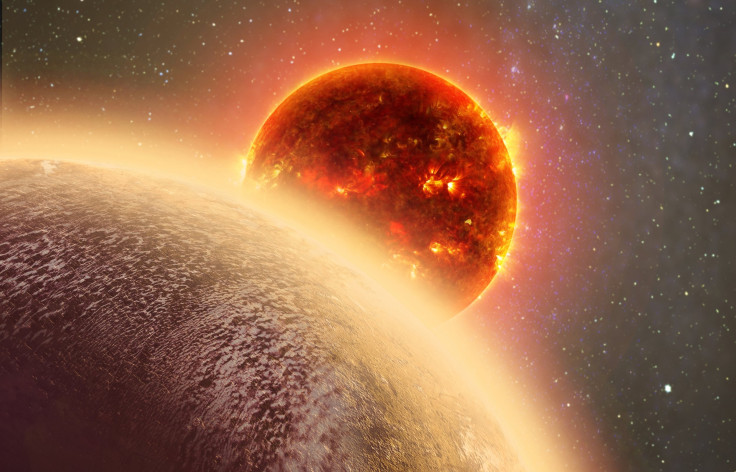Scientists Baffled By Extreme Brightness Of Lava-Filled Exoplanets
KEY POINTS
- Exoplanets that are too close to a star have extremely hot conditions
- Scientists studied hot super-Earths that are unusually bright
- They ruled out lava as the reason for the exoplanets' unusual brightness
A team of scientists tried to unlock the mystery surrounding the extreme brightness of hot exoplanets. Through experiments, the scientists ruled out the exoplanets’ lava oceans as the reason behind their unusual brightness.
The lava-filled exoplanets are usually those that orbit too close to their host stars. These hot super-Earths, which could be one to 10 times bigger than Earth, have orbital periods of 10 days or less. Due to their close proximity, the atmospheres of the exoplanets have been stripped off by the nearby star’s cosmic winds and radiation. This leaves the exoplanets with extremely hot temperatures and oceans filled with molten lava.
Due to their atmospheric and environmental conditions, scientists believe that these hot exoplanets should not appear very bright in space. However, there are a few of them that appear brighter than Earth.
“You'd expect these lava planets to be sort of charcoal balls orbiting in space - very dark, not very bright at all,” planetary scientist Zahra Essack, a graduate student at Massachusetts Institute of Technology's Department of Earth, Atmospheric and Planetary Sciences, said in a statement. “So what makes them so bright?”
Essack’s team came across a few hot exoplanets that reflect high levels of light from their host stars, which is known as an albedo. The scientists noted that the albedo of these exoplanets is about 50% greater than that of Earth.
Although the main reason behind the hot super-Earths’ brightness still remains a mystery, the scientists were able to rule out a couple of possible explanations. It was initially thought that the exoplanets’ lava oceans and volcanic glass could be the cause of the world’s unusual albedo.
Through laboratory experiments, the scientists determined the reflectivity of lava and volcanic glass. They discovered that these two elements are not reflective enough to boost a planet’s brightness.
Essack noted that by eliminating the exoplanets’ lava oceans as a possible cause of the brightness, scientists could start focusing on other factors to solve the mystery surrounding the unusual albedo.
“We still have so much to understand about these lava-ocean planets,” she stated. “We thought of them as just glowing balls of rock, but these planets may have complex systems of surface and atmospheric processes that are quite exotic, and not anything we've ever seen before.”
The study on lava worlds, which was led by Essack, was published in The Astrophysical Journal.

© Copyright IBTimes 2024. All rights reserved.




















